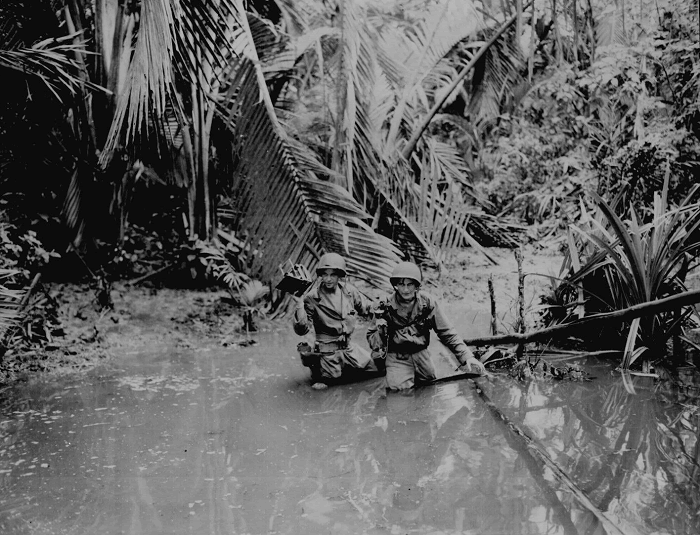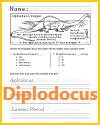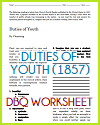| The U.S. Signal Corps played a vital role in World War II by ensuring effective communication across the various theaters of war. They developed, installed, and maintained communication systems, including radio, telephone, and telegraph networks, which were essential for coordinating military operations. The Signal Corps also intercepted and decoded enemy communications, contributing to intelligence efforts. Their work enabled real-time updates and strategic planning, crucial for battlefield success. Additionally, they were responsible for producing and distributing training films and documentation, supporting both logistical and combat operations. The Signal Corps' contributions were instrumental in maintaining the Allied forces' operational efficiency and coordination. |












